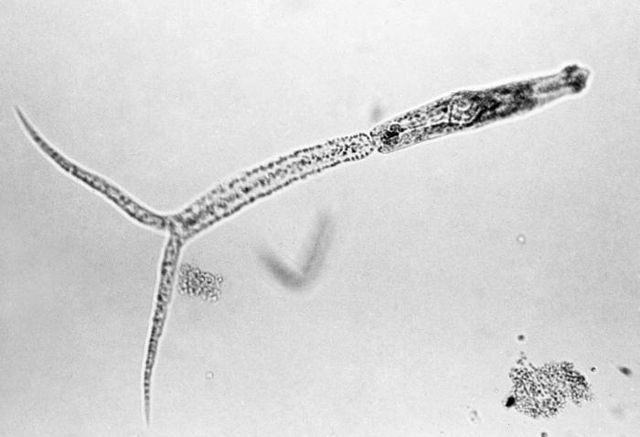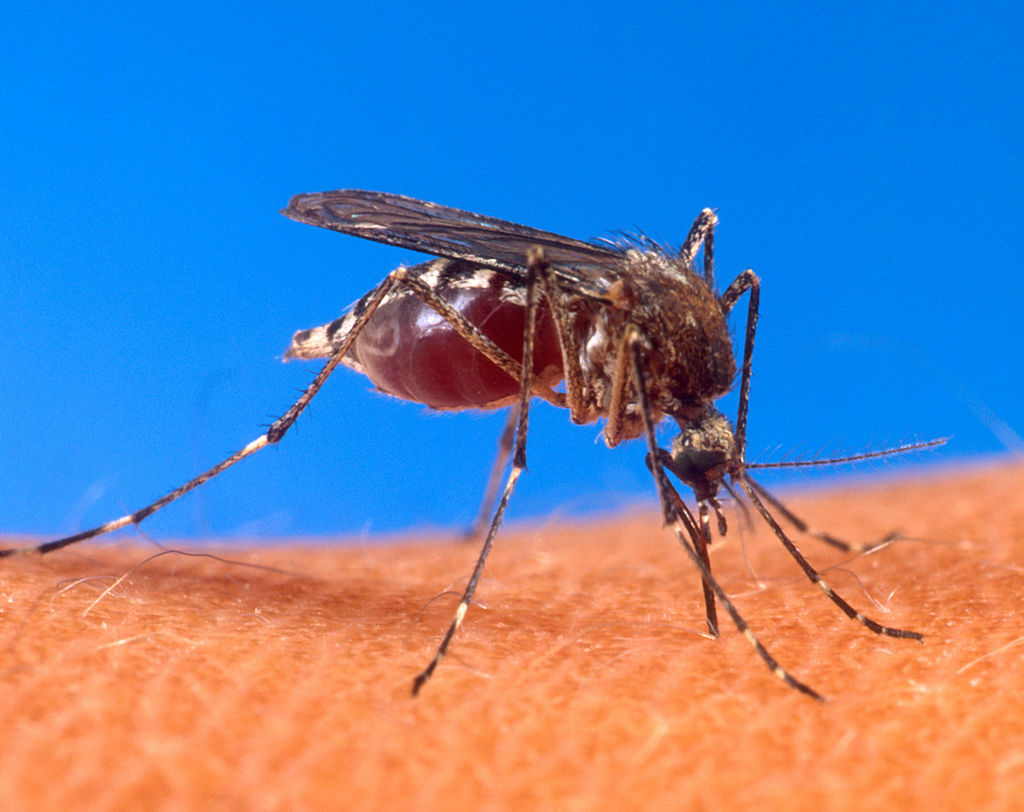

| Current and Active Research Interests in Public Health in the Rohr Lab |
| How to feed 9 billion people |
| Zoonotic bacteria |
| Effects of biodiversity on disease risk |
| Research Interests |
Of the >1,400 human pathogens, >860 are zoonotic or can be transmitted from wildlife to humans, and zoonotic emerging infectious diseases (EIDs; i.e. increasing in incidence) are on the rise, making zoonoses the most significant, growing threat to global health of all EIDs. Importantly, ecological factors, or interactions among humans, wildlife, pathogens, and the environment, are the most frequent causes of EIDs. Hence, we desperately need rigorous science addressing the underlying environmental drivers of disease emergence to predict, manage, and prevent outbreaks. However, not all ecological factors promote disease emergence equally, nor are EIDs evenly distributed across the globe. Many EIDs are associated with landscape modifications, pollution, climate change, and human-induced alterations to biodiversity. For example, feeding 9 billion people in the next 50 years and global climate change (GCC) are two of the biggest global change factors that will undoubtedly have severe impacts on human diseases. To feed the growing human population, it is estimated that, by 2050, agriculture will need to expand into 109 hectares of natural ecosystems (>continental U.S.), resulting in a ~2 fold increase in irrigation and ~2.7 fold increases in fertilizer and pesticide use. Most of this agricultural expansion is occurring in tropical, developing countries, where zoonotic diseases and the risk of EIDs are greatest, but where disease surveillance, particularly for neglected tropical diseases (NTDs), is most limited. To make matters worse, GCC seems to be a critical factor driving vector-borne EIDs, which are increasing2 and are also disproportionately found in the tropics. For these reasons, my laboratory has been and will continue to apply mathematical models, rigorous experiments, sophisticated correlative analyses, and molecular approaches to understand, prevent, and mitigate disease outbreaks associated with feeding 9 billion humans, GCC, and modification to biodiversity. Because of the importance of ecological drivers in disease emergence, my laboratory takes the unique approach of integrating ecological and epidemiological theory to predict disease spread. Please see the links on the left for further discussions of the focal research areas in my lab. |
![]()

Aedes aegypti mosquito on human skin